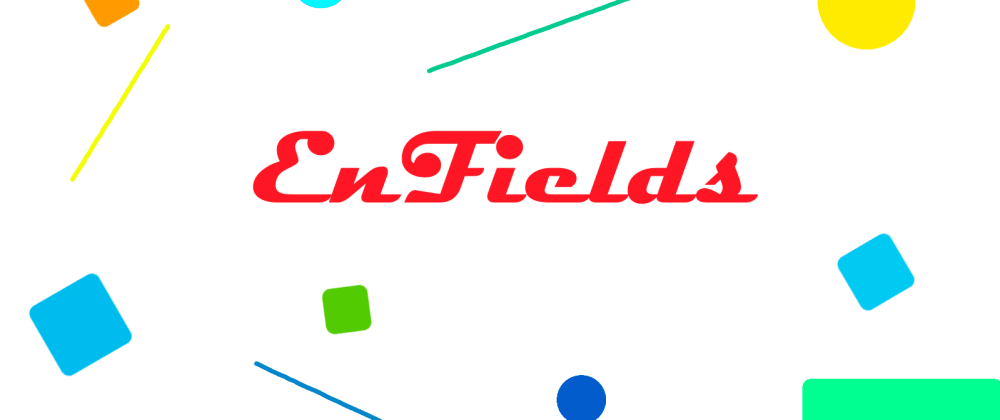EnFields
Say, if you are developing the web application in JavaScript
You need to manipulate the HTML DOM to add event listener or actions or anything by mapping the HTML DOM to JavaScript variables
Example,
if below is the HTML
......
<input type="text" id="name" placeholder="Name">
<input type="email" id="email" placeholder="EMail">
<input type="number" id="mobile_number" placeholder="Mobile Number">
......
you need to map those HTML DOM to JavaScript variable to access
......
var name = document.getElementById("name");
var email = document.getElementById("email");
var mobileNumber = document.getElementById("mobile_number");
......
then you can get the values or attach event or whatever you want to manipulate the HTML DOM
🤔 What if the library does this for you?
Say Hi, to EnFields
EnFields does the process for you
😲 How?
It is very simple. Include the library in you webpage
<script src="https://unpkg.com/enfields"></script>
then,
EnFields.start();
🎉 Ta-da!
The
<input type="text" id="name" placeholder="Name">
DOM will map to variable
_name
😍
How cool, right?
⚙️ Naming Convention( What will be the name of the variable? )
The name given to the id that is
id="name"
, the "name" is taken, appending with preceding underscore, so, the
_name
is the variable generated, which will be added to window object. So, directly using
_name
will refer to that HTML DOM
🔧 EnFields parameters
EnFields.start()
accepts the object of below type,
- queryElement : is the value, where the variable generation process starts, if not provided then, all id element from the HTML DOM will be generated
Example
<form id="user-form">......</form>
EnFields.start({
queryElement: 'user-form'
});
The variable, will be generated for all the HTML DOM element containing id attribute, in user-form HTML DOM, including user-form tag
- targetObject : is used to assign the generated variable to the provided target object, instead of window object
Example
var UserForm = {};
EnFields.start({
targetObject: UserForm
});
The variables will be generated and will be stored to UserForm object instead of window object
- idList : list of id names in array, if passed, variables will be generated only for the ids, contained in this array
Example
EnFields.start({
idList: ['name', 'email']
});
The variable will be generated only for name and email HTML DOM
However, one can use all the three keys to make more flexible
Example
EnFields.start({
targetObject: UserForm,
queryElement: 'user-form',
idList: ['name', 'email']
});
⭐ Star on GitHub if you love







Oldest comments (2)
Nice idea. Does it play nicely with jQuery or any of the major frameworks?
Hi,
Nice idea
Thanks
Does it play nicely with jQuery or any of the major frameworks?
Yes, if you can include the EnFields
<script src="https://unpkg.com/enfields"></script>in your page, you can use along with any other library
Thanks for the comment. All the best